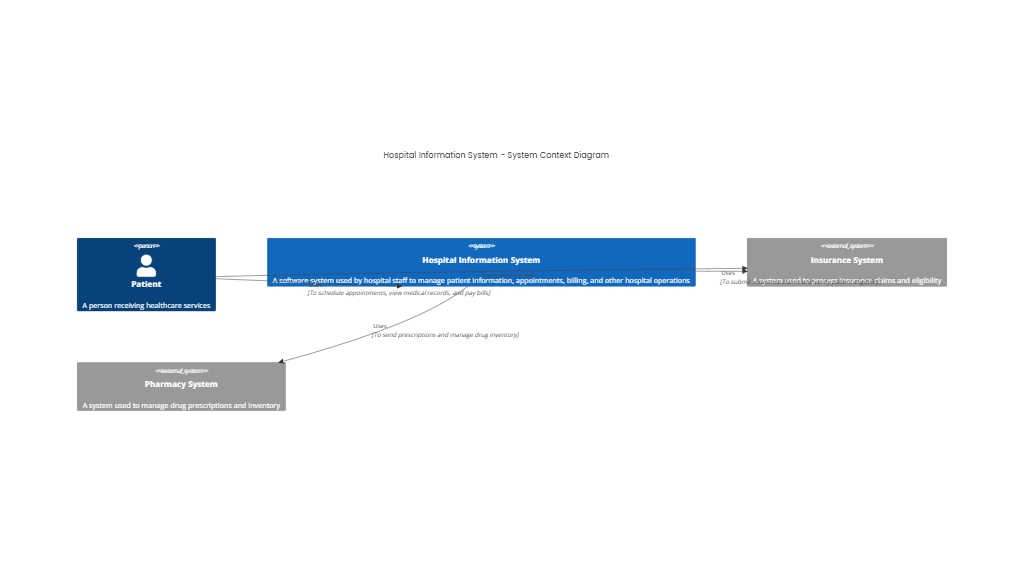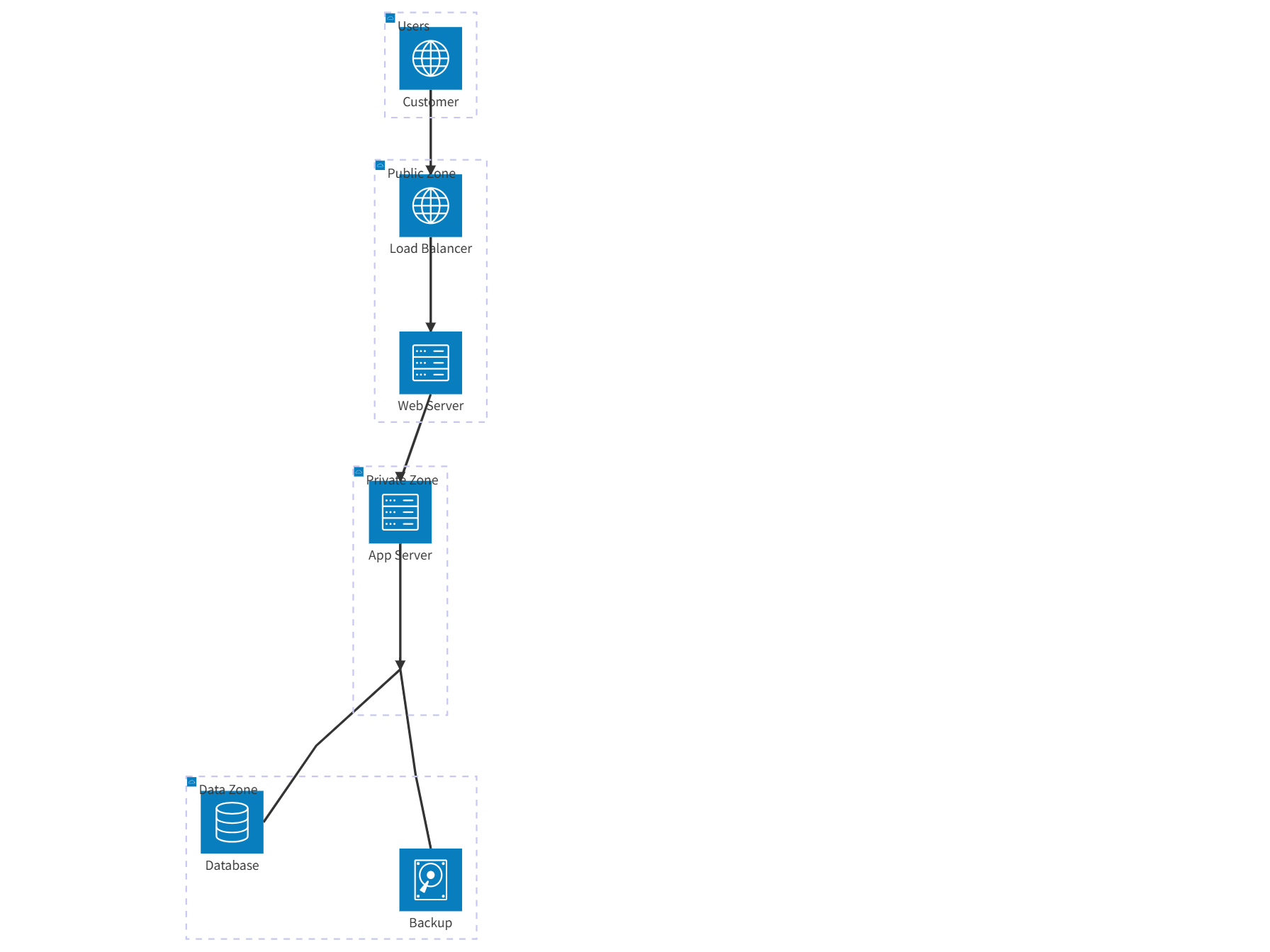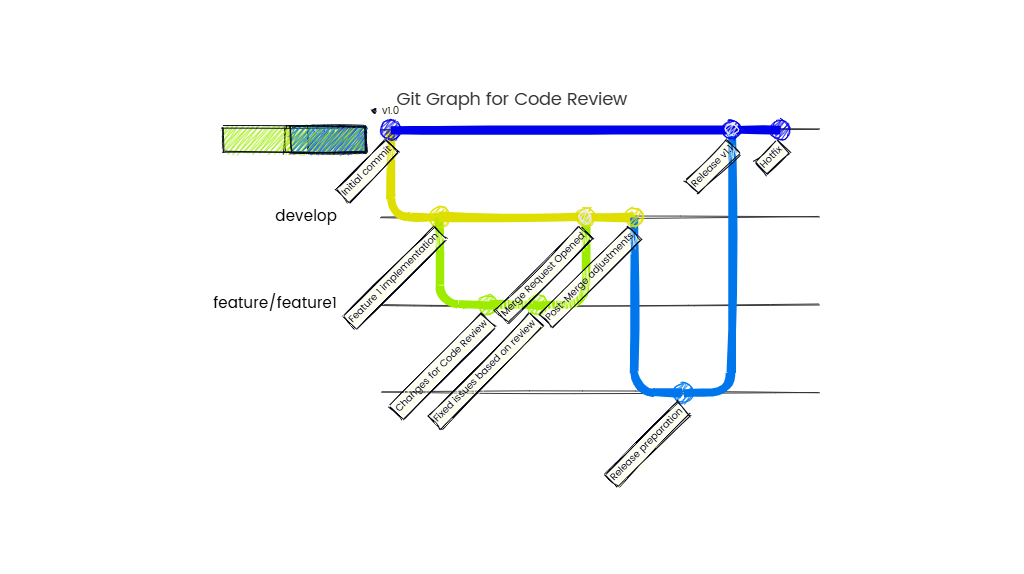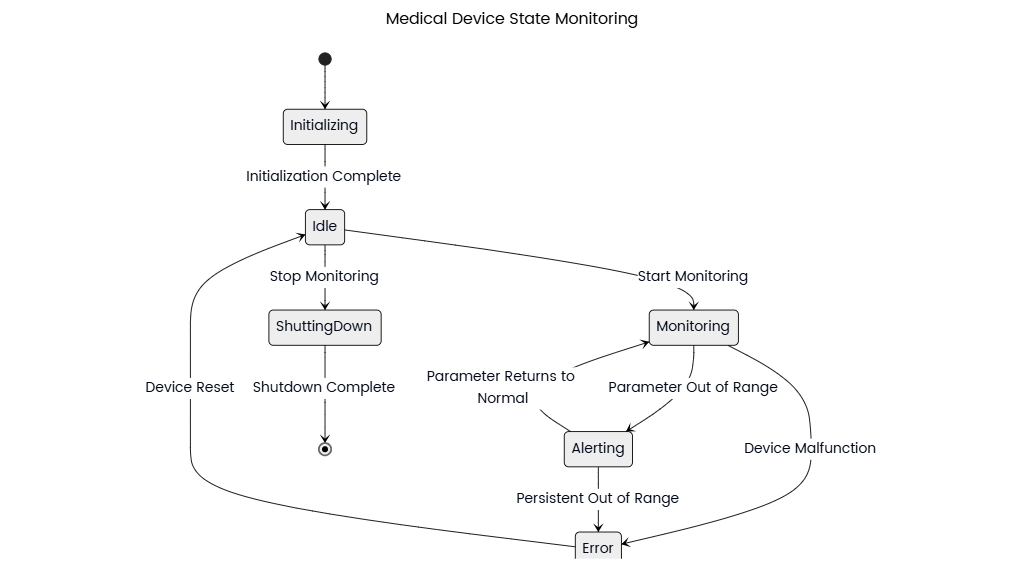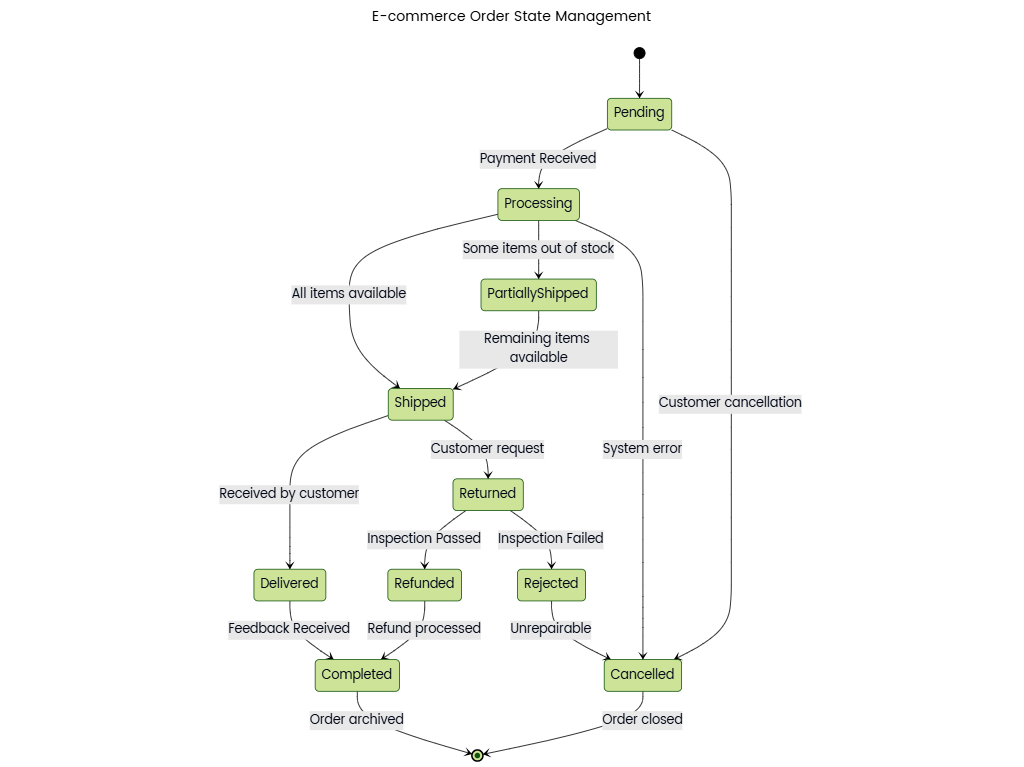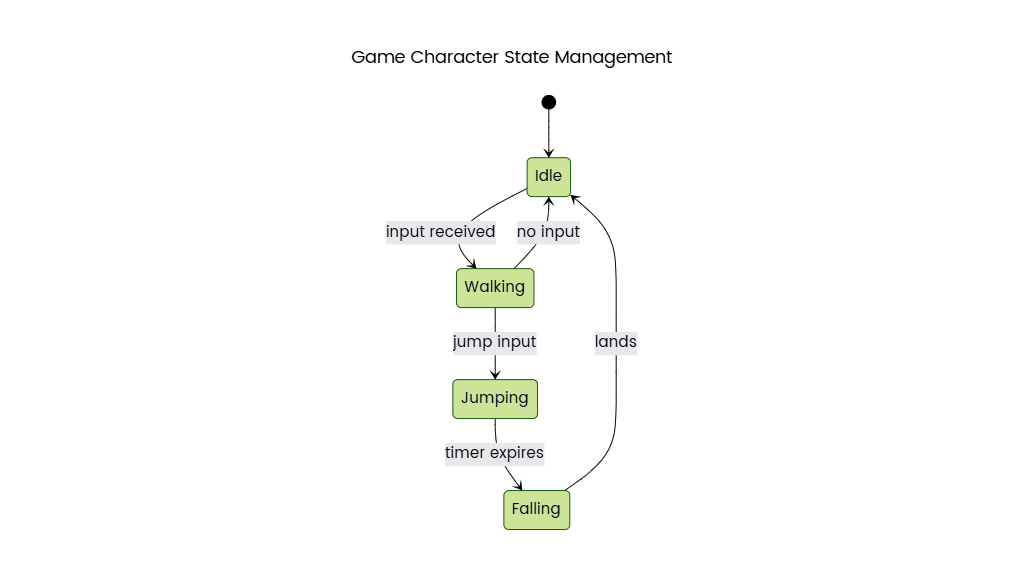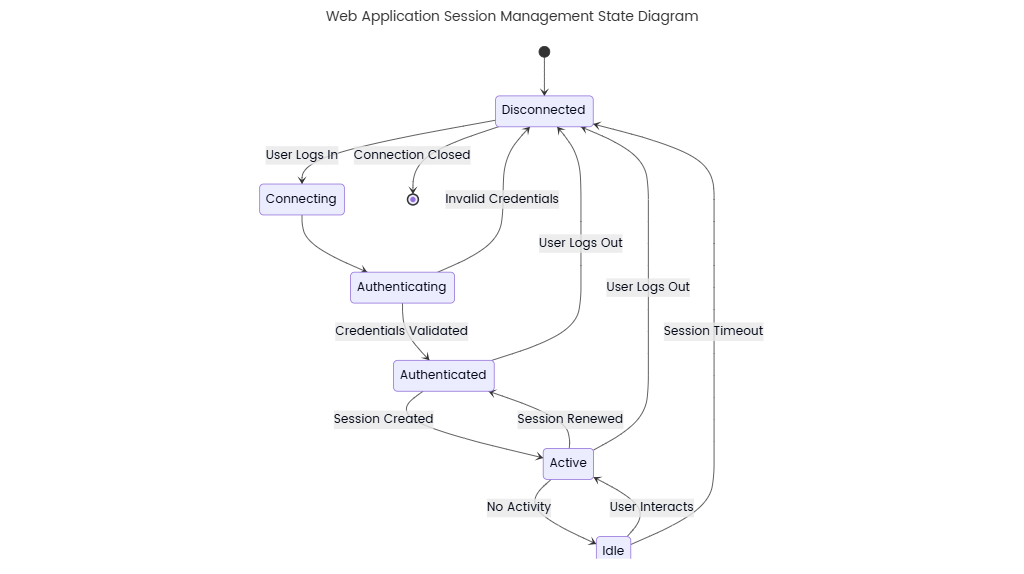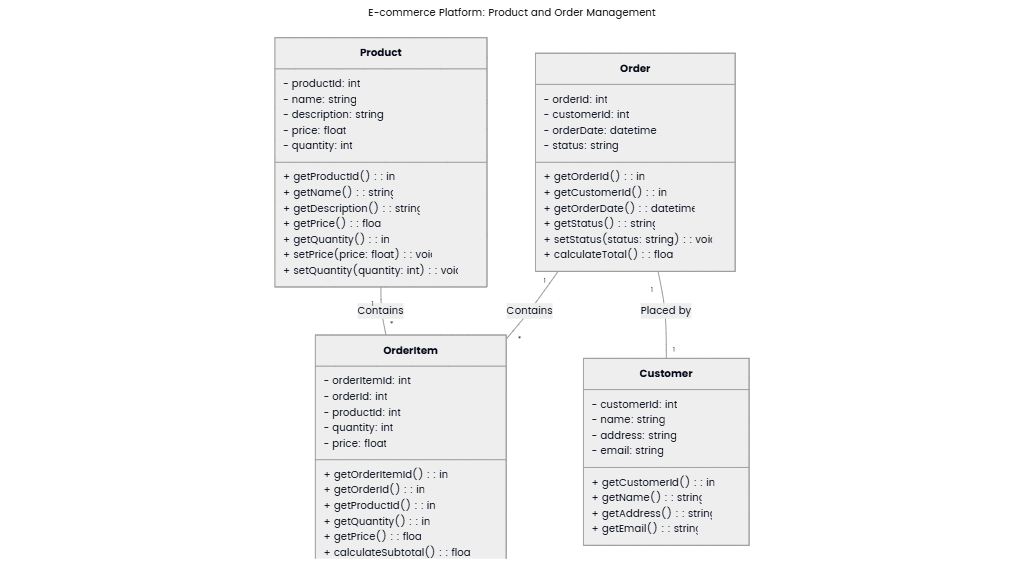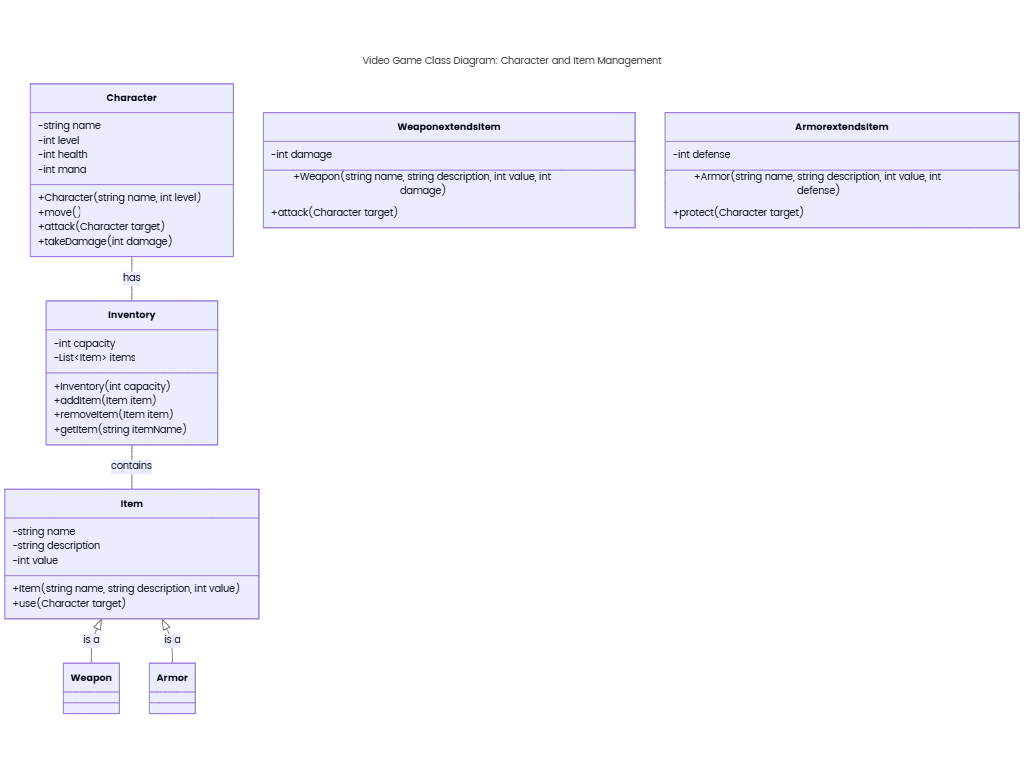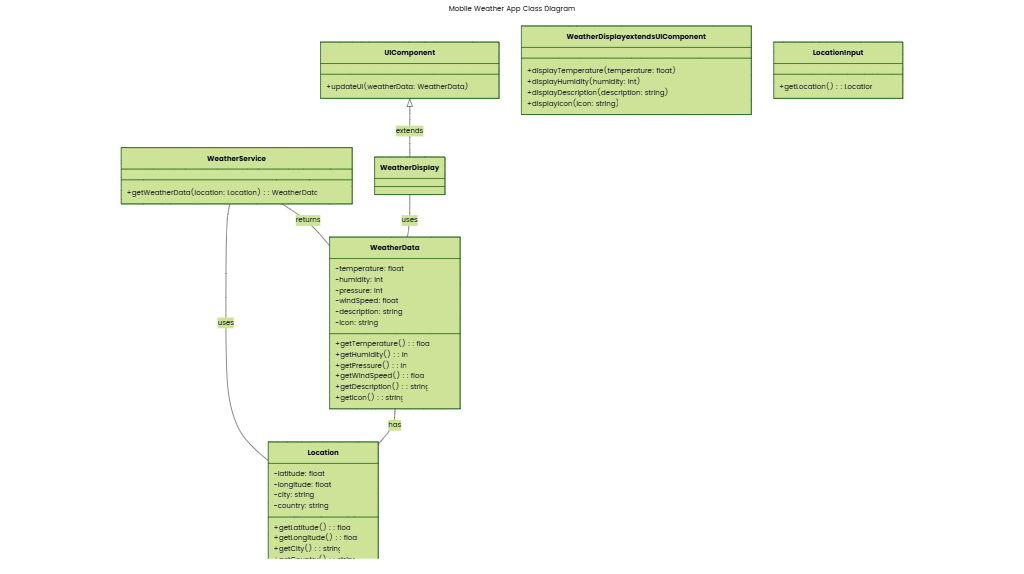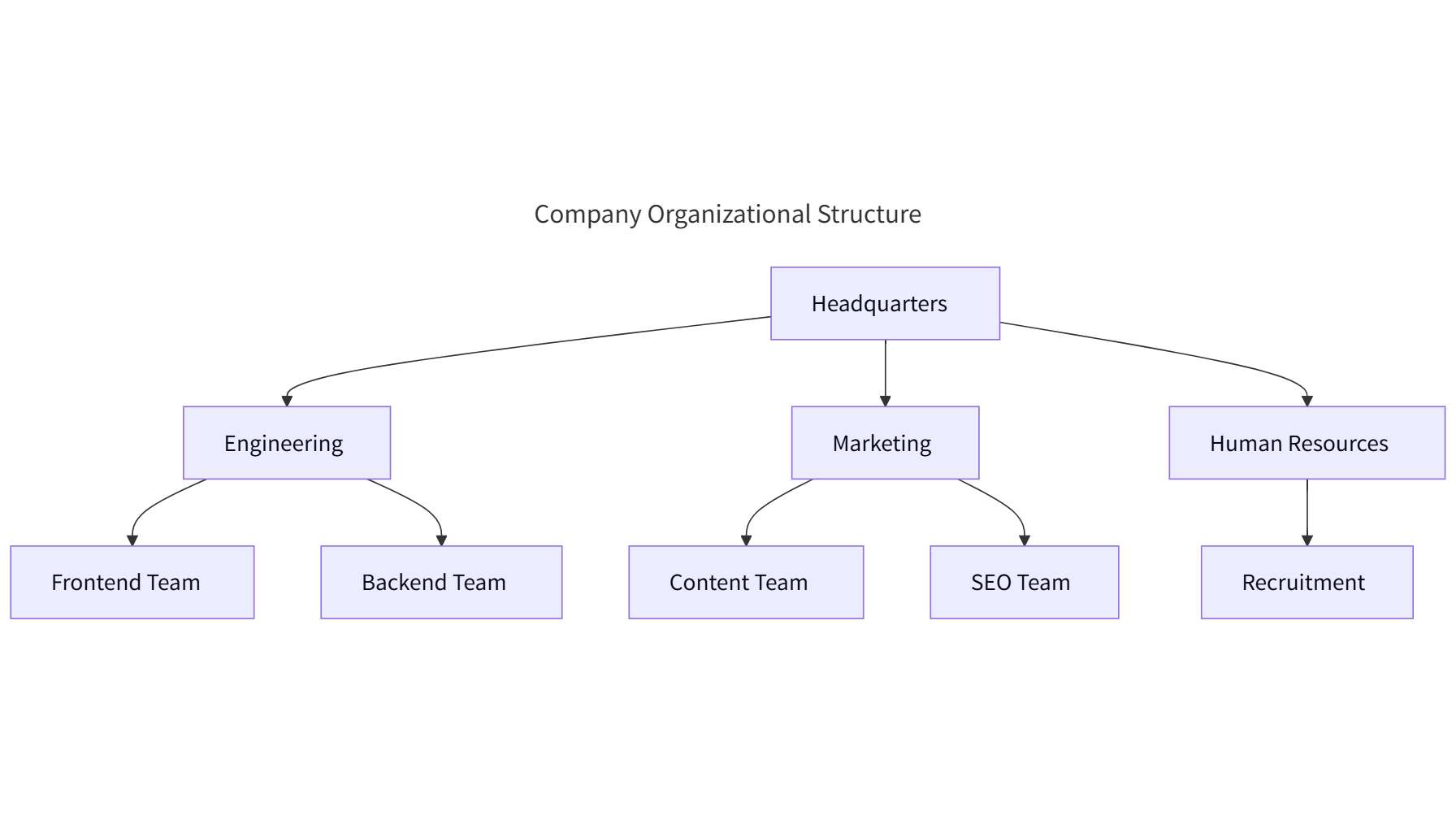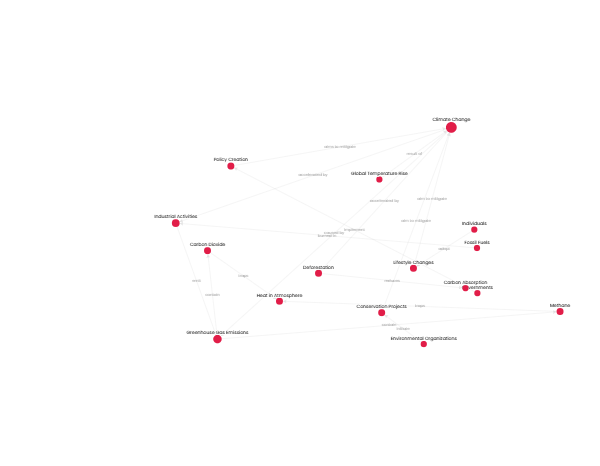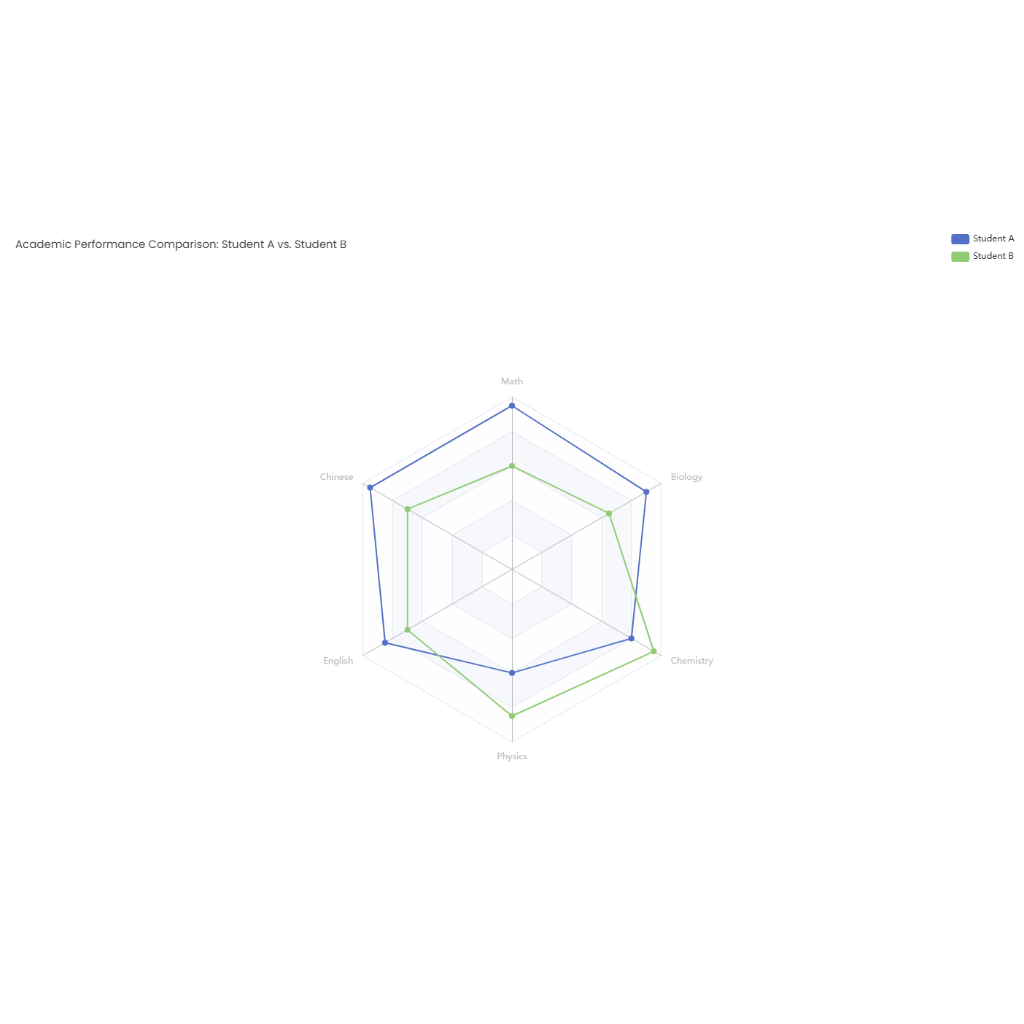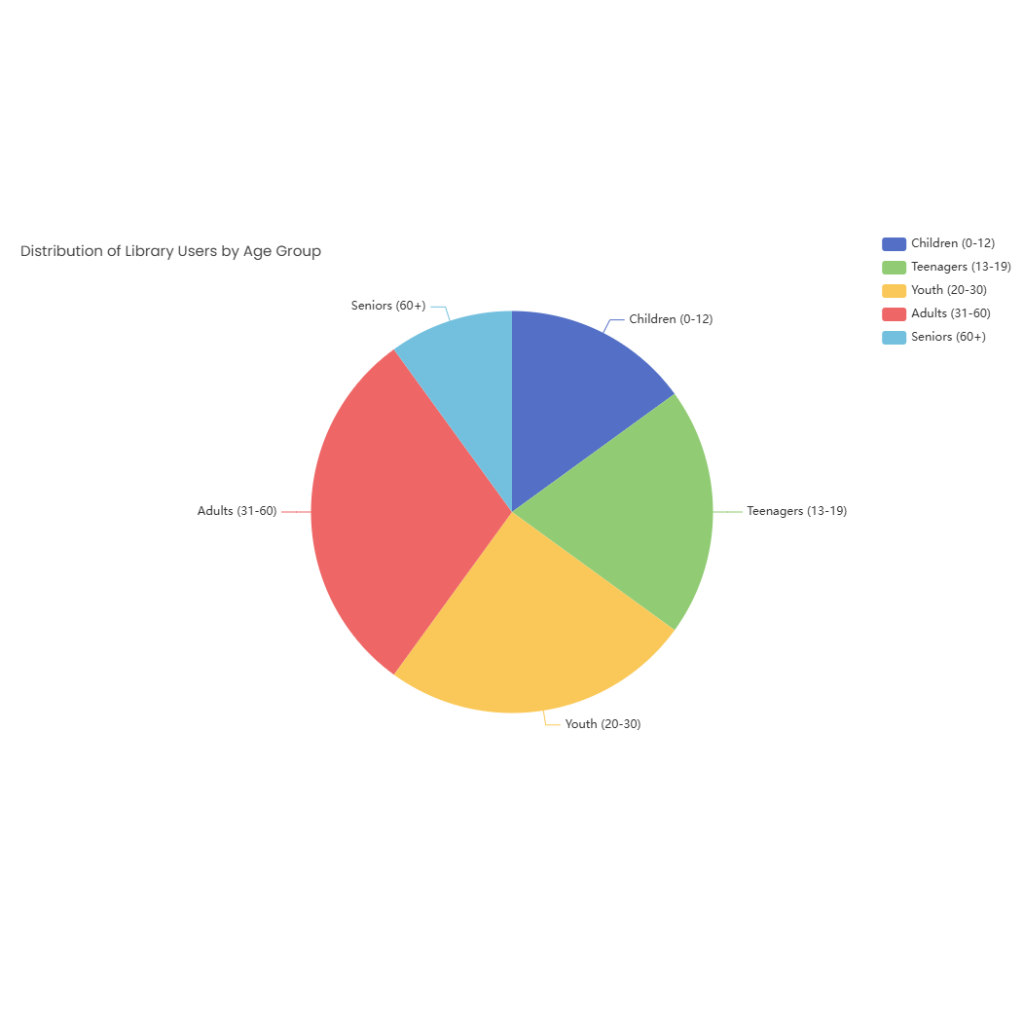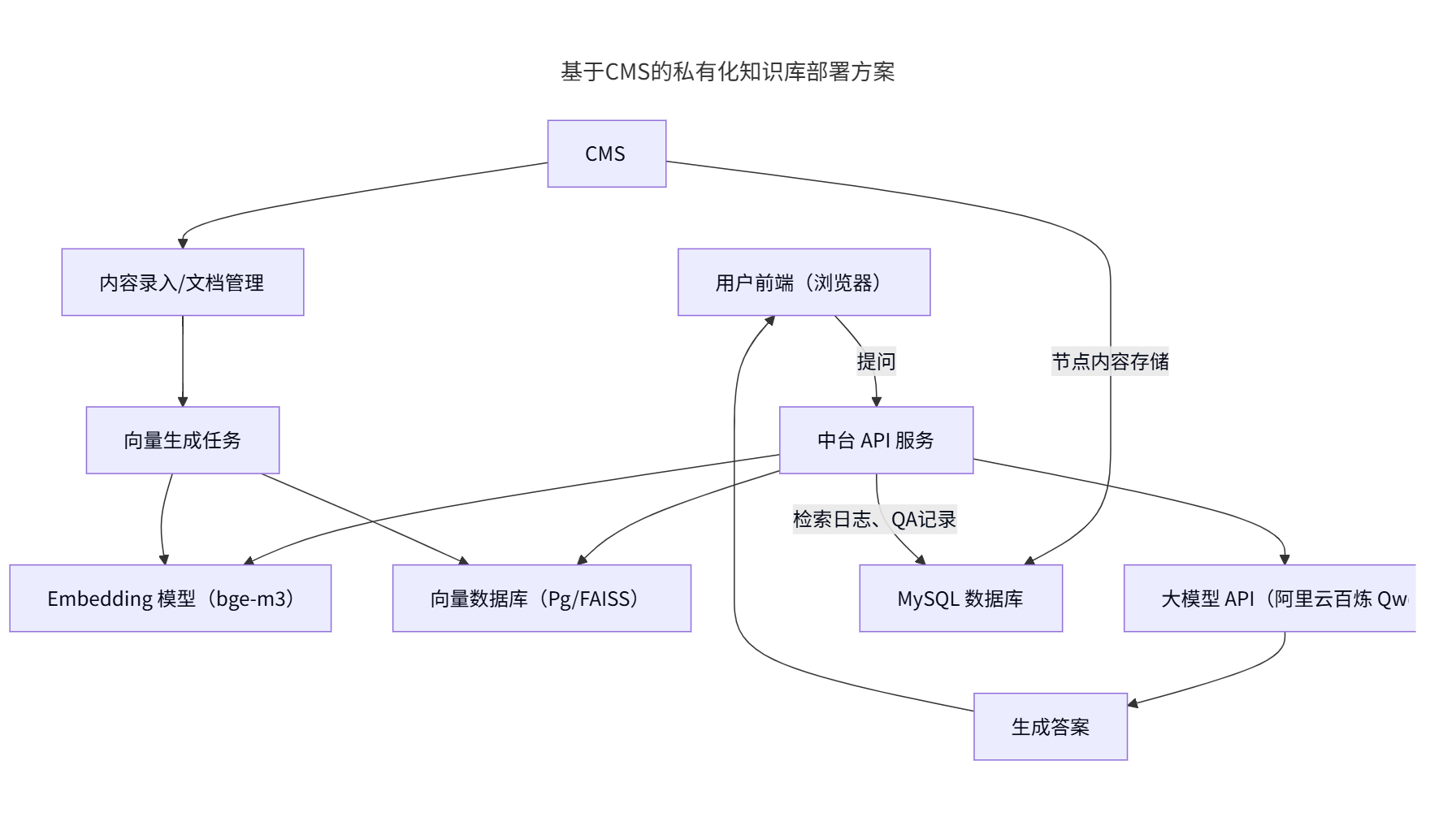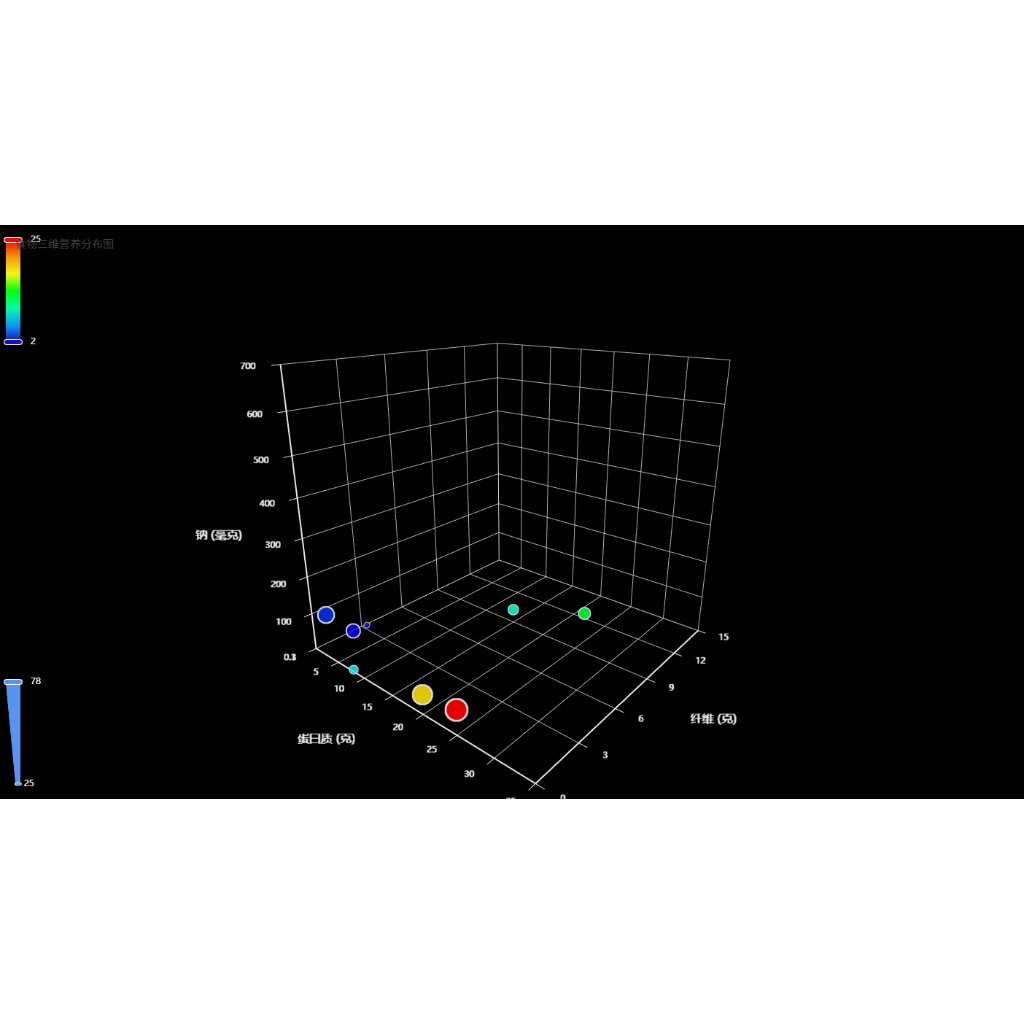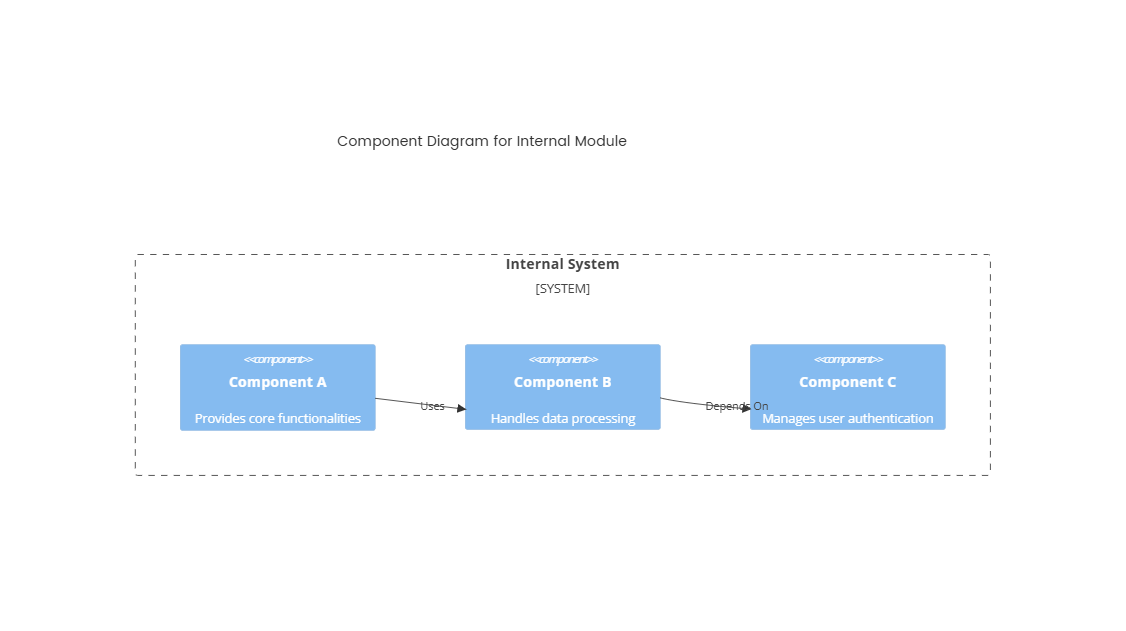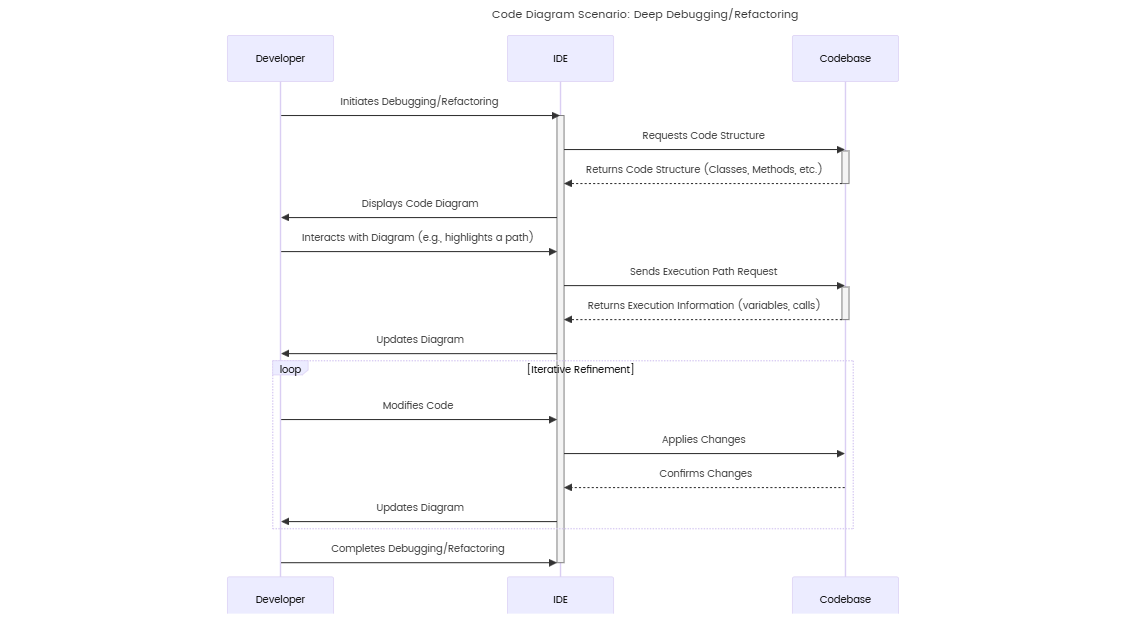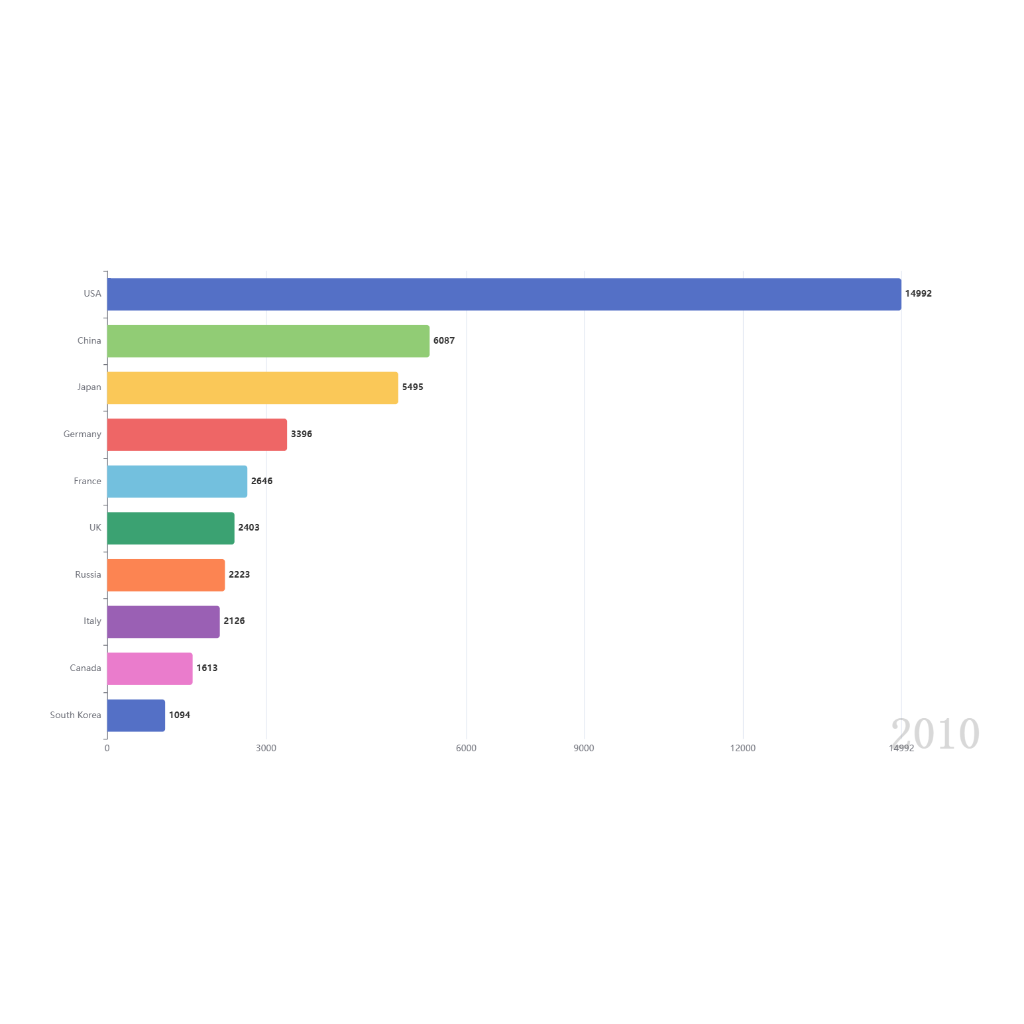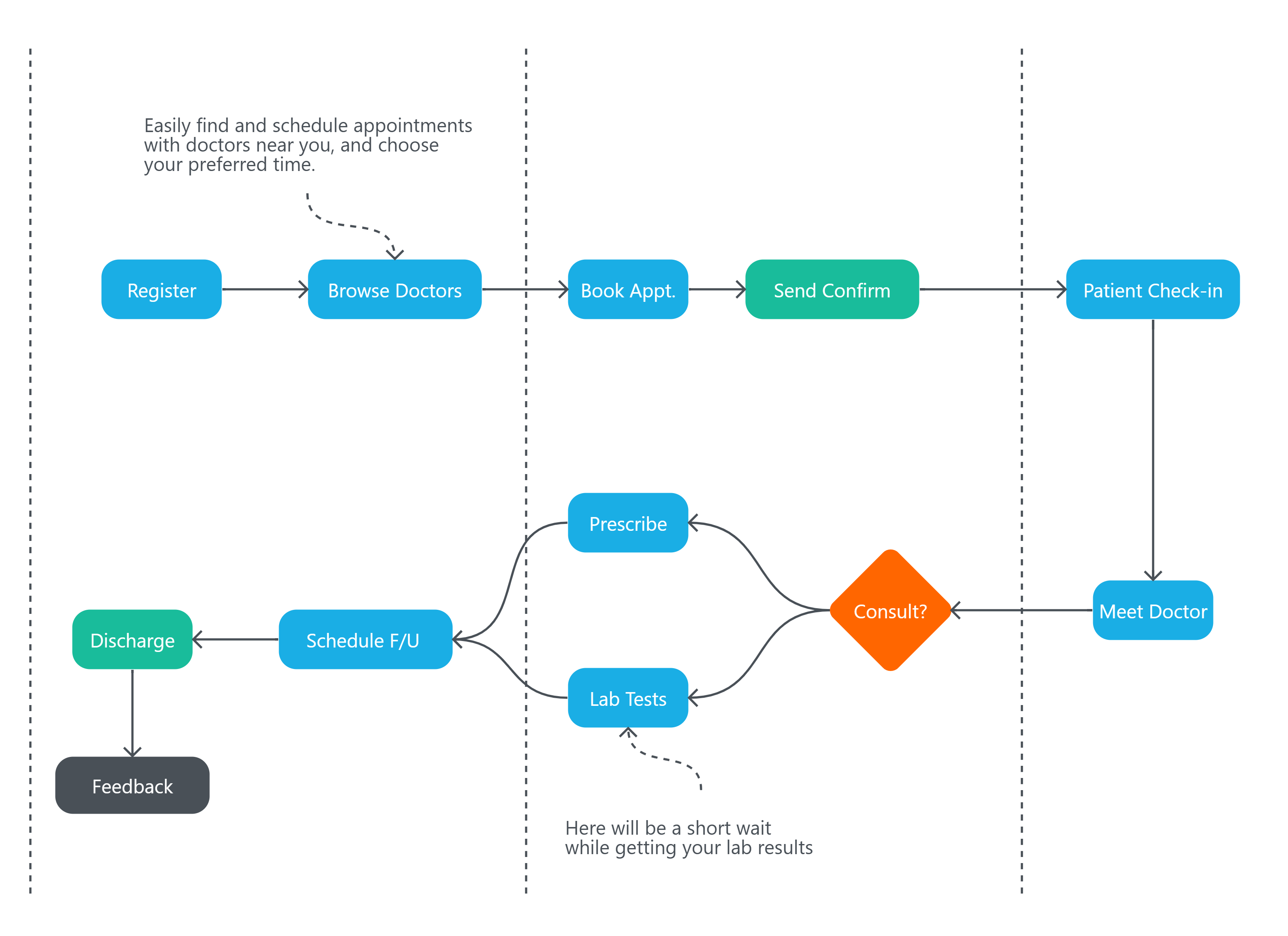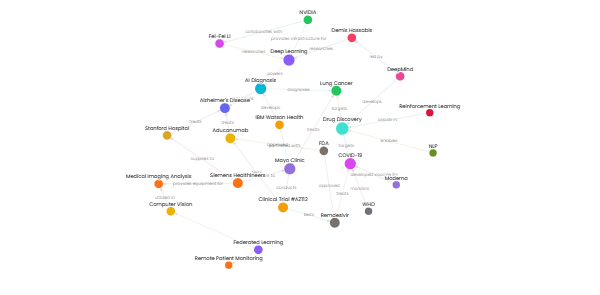Added on:
May 08, 2025
User Prompt
Quadrant Chart:Market Segmentation Analysis
Description
A quadrant chart for market segmentation analysis categorizes target markets into four distinct groups based on two key variables, typically market attractiveness (e.g., growth potential, profitability) and competitive position (e.g., market share, brand strength). This visualization helps businesses prioritize segments, allocate resources, and tailor strategies to each group’s unique characteristics.
Core Dimensions & Axes
- X-Axis: Competitive Position
- Measures a company’s strength within a segment:
- Low: Small market share, weak brand recognition, limited resources.
- High: Dominant market leader, strong customer loyalty, operational efficiency.
- Measures a company’s strength within a segment:
- Y-Axis: Market Attractiveness
- Evaluates the segment’s potential value:
- Low: Slow growth, intense competition, regulatory barriers.
- High: Rapid growth, untapped demand, favorable economics.
- Evaluates the segment’s potential value:
Four Market Segments
- Stars (High Attractiveness, High Competitive Position)
- Characteristics: High-growth segments where the company holds a strong position.
- Strategy: Invest heavily to sustain growth and defend market share.
- Example: Electric vehicles (EVs) for a brand with advanced battery technology.
- Cash Cows (Low Attractiveness, High Competitive Position)
- Characteristics: Mature, low-growth segments with stable revenue streams.
- Strategy: Harvest profits, optimize operations, and maintain efficiency.
- Example: Traditional gasoline cars for a legacy automaker.
- Question Marks (High Attractiveness, Low Competitive Position)
- Characteristics: High-potential segments where the company is underperforming.
- Strategy: Assess viability; invest selectively to build capabilities or divest if unfeasible.
- Example: AI-powered healthcare tools for a tech company lacking industry partnerships.
- Dogs (Low Attractiveness, Low Competitive Position)
- Characteristics: Underperforming segments with little strategic value.
- Strategy: Phase out, consolidate, or reposition to cut losses.
- Example: DVD rentals for a media company focused on streaming.
Data Inputs & Analysis
- Market Attractiveness Factors:
- Market size, growth rate, profitability, customer demand, regulatory environment.
- Competitive Position Factors:
- Market share, brand equity, distribution networks, cost structure, innovation capability.
- Data Sources:
- Primary research (surveys, focus groups), secondary data (industry reports, financial statements).
Strategic Applications
- Resource Allocation:
- Allocate budgets to Stars (innovation) and Cash Cows (maintenance), while reducing exposure to Dogs.
- Portfolio Management:
- Balance high-growth bets (Question Marks) with stable revenue generators (Cash Cows).
- Competitive Strategy:
- For Question Marks, identify gaps (e.g., lacking technology) and form partnerships or acquire capabilities.
- Risk Assessment:
- Highlight segments at risk of decline (e.g., Dogs in disruptive industries) and prioritize 转型 (transformation).
Design Best Practices
- Customize Axes:
- Tailor variables to the industry (e.g., “Regulatory Risk” instead of “Market Attractiveness” for healthcare).
- Use Scatter Plots:
- Plot individual products/brands as data points within quadrants for granular analysis.
- Label Strategically:
- Include segment names, key metrics, and action items (e.g., “Invest $5M in Star Segment”).
- Update Regularly:
- Refresh quarterly/annually to reflect market shifts (e.g., new competitors, tech disruptions).
Example: Global Beverage Market
- Stars: Plant-based drinks (high demand, strong brand presence for a health-focused company).
- Cash Cows: Carbonated soft drinks (stable sales, dominant market share).
- Question Marks: CBD-infused beverages (growing trend, limited distribution).
- Dogs: Diet sodas (declining demand, weak portfolio position).
